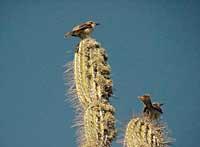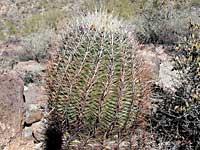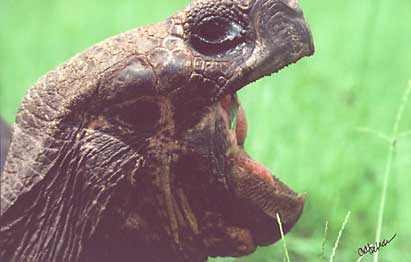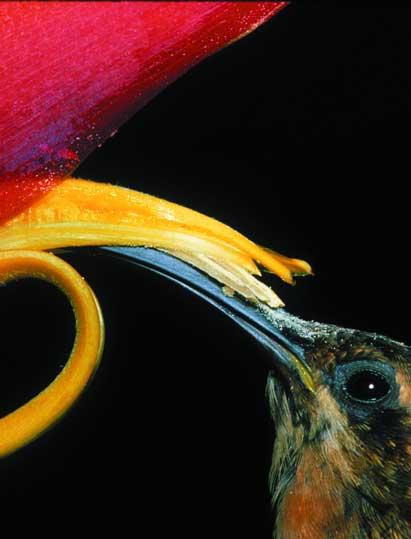Pico del Txonta
2004/10/01 Elhuyar Zientzia Iturria: Elhuyar aldizkaria
When a gene is activated, the txonte has an apparent peak or another. This means that diversity is not always a consequence of the existence of different genes, but the activation of them at different times can mean great changes in the shape of the bird.

According to the environment in which it lives, the Txonta develops a different peak. The one who lives on the ground feeds on seeds with thick beak, while the cactus one drinks nectar and needs a narrow beak. Darwin Galapago noticed this in the islands, where he used the relationship between the characteristics of the beak and the distribution of birds to argue the theory of the origin of the species.
Biologists have studied how they develop the beak in one way or another and have seen that the key is in the growth genes. Only one of the ten genes that control growth determines how the peak will be. Although in all txontas the gene is the same, not all birds express it in the same phases of growth, that is, they do not activate it at the same time as development.
Thanks to this discovery, they have found a new way to address the issue of diversity. The next question is how this gene is activated in each type of bird.

Gai honi buruzko eduki gehiago
Elhuyarrek garatutako teknologia






